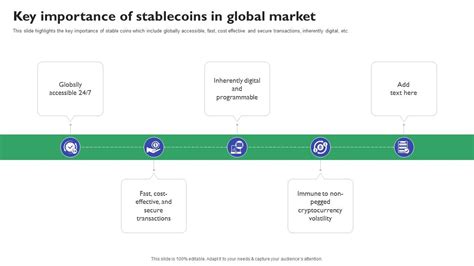Stablecoins: A Key Component of the DeFi Revolution

The decentralized finance (DeFi) revolution has been a game-changer for the global financial system. With its promise of increased accessibility, transparency, and low fees, DeFi has disrupted traditional financial markets and created new opportunities for users around the world. One key component of this revolution is stablecoins – digital currencies that are pegged to a reserve asset, such as fiat currency or gold.
What are Stablecoins?
Stablecoins are cryptocurrencies designed to maintain a stable value against the US dollar (USD) or other fiat currencies. Unlike traditional cryptocurrencies like Bitcoin (BTC), which can fluctuate in value, stablecoins are built on a robust infrastructure that ensures their value remains constant. This is achieved through a process called “pegging,” where the stablecoin’s price is fixed to a basket of assets, such as gold or other reserve assets.
For instance, USD Coin (USDC) and DAI are two popular stablecoins that are pegged to the US dollar. These stablecoins are created by decentralized finance protocols, such as MakerDAO and Compound, respectively. The value of these stablecoins is determined by market forces, rather than being tied to any specific asset or commodity.
Benefits of Stablecoins
Stablecoins have several benefits for users, investors, and financial institutions:
- Increased Accessibility: Stablecoins make it easier for individuals to participate in DeFi markets without needing a traditional bank account.
- Improved Liquidity: Stablecoins are designed to provide high liquidity, which is essential for DeFi applications that rely on market makers and liquidity providers.
- Reduced Risk
: By maintaining a stable value, stablecoins reduce the risk of price fluctuations associated with traditional cryptocurrencies.
- Enhanced Security: Stablecoin protocols use advanced security measures, such as multi-sig wallets and escrow systems, to protect users’ assets.
Risks and Challenges
While stablecoins have the potential to revolutionize the financial system, they also come with significant risks and challenges:
- Volatility: The value of stablecoins can fluctuate significantly, which may make them more volatile than traditional cryptocurrencies.
- Regulatory Uncertainty: Stablecoin regulators are still grappling with how to classify these assets and establish guidelines for their use in DeFi applications.
- Market Manipulation: The stablecoin market is vulnerable to market manipulation, as hackers can exploit vulnerabilities in the system to steal funds or disrupt markets.
The Future of Stablecoins
As the DeFi revolution continues to grow, we can expect to see more advanced stablecoins emerge, with features such as:
- Derivatives: Stablecoins will be integrated into derivatives markets, allowing users to buy and sell derivatives of these assets.
- Tokenized Assets: Tokenized assets will become increasingly popular, enabling users to invest in real-world assets such as art, collectibles, or even real estate.
- Central Bank Digital Currencies (CBDCs): Stablecoins may be used as a store of value and a medium of exchange for central banks’ CBDCs.
Conclusion
Stablecoins are a critical component of the DeFi revolution, offering increased accessibility, improved liquidity, reduced risk, and enhanced security. While there are risks associated with these assets, they have the potential to transform the financial system in exciting ways. As the industry continues to evolve, we can expect to see more advanced stablecoin technologies emerge, paving the way for a new era of DeFi adoption.

